
Bird Walk at Gangampalli Forest, Puttaparthi, Sathya Sai, Andhra Pradesh
- Sathya Sai
- 6 September, 2025
- Kayala Ashok Kumar

About Gangampalli Forest
Partnered with
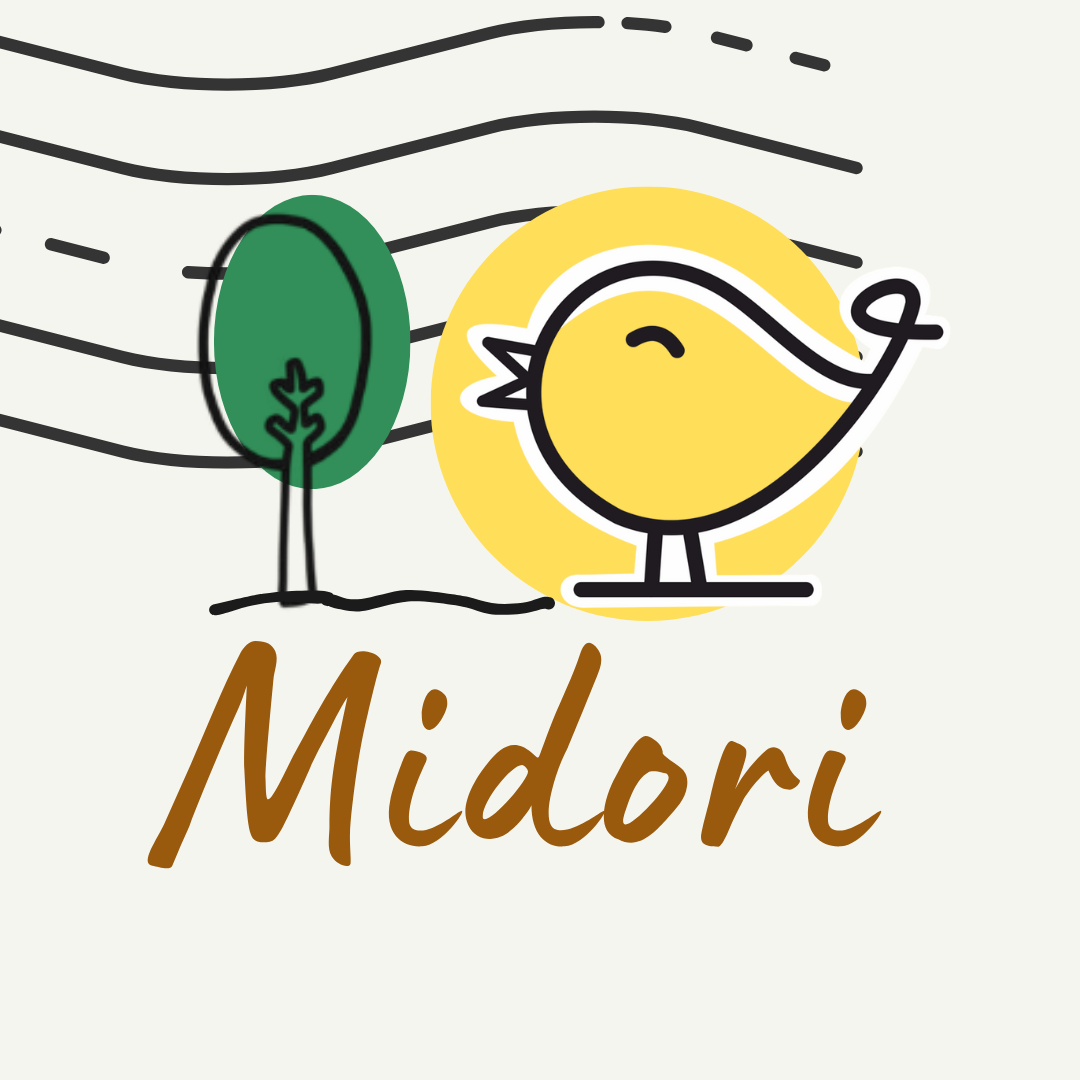

Bird Guide: Kayla Ashok Kumar
A software Engineer by profession and passionate to do the bird count, and observe bird behavior and guiding the communities through NGO's for conservation of birds and their role in biodiversity and also approach schools adjacents to forest areas and train about conservation of fauna.
Bird walk Location
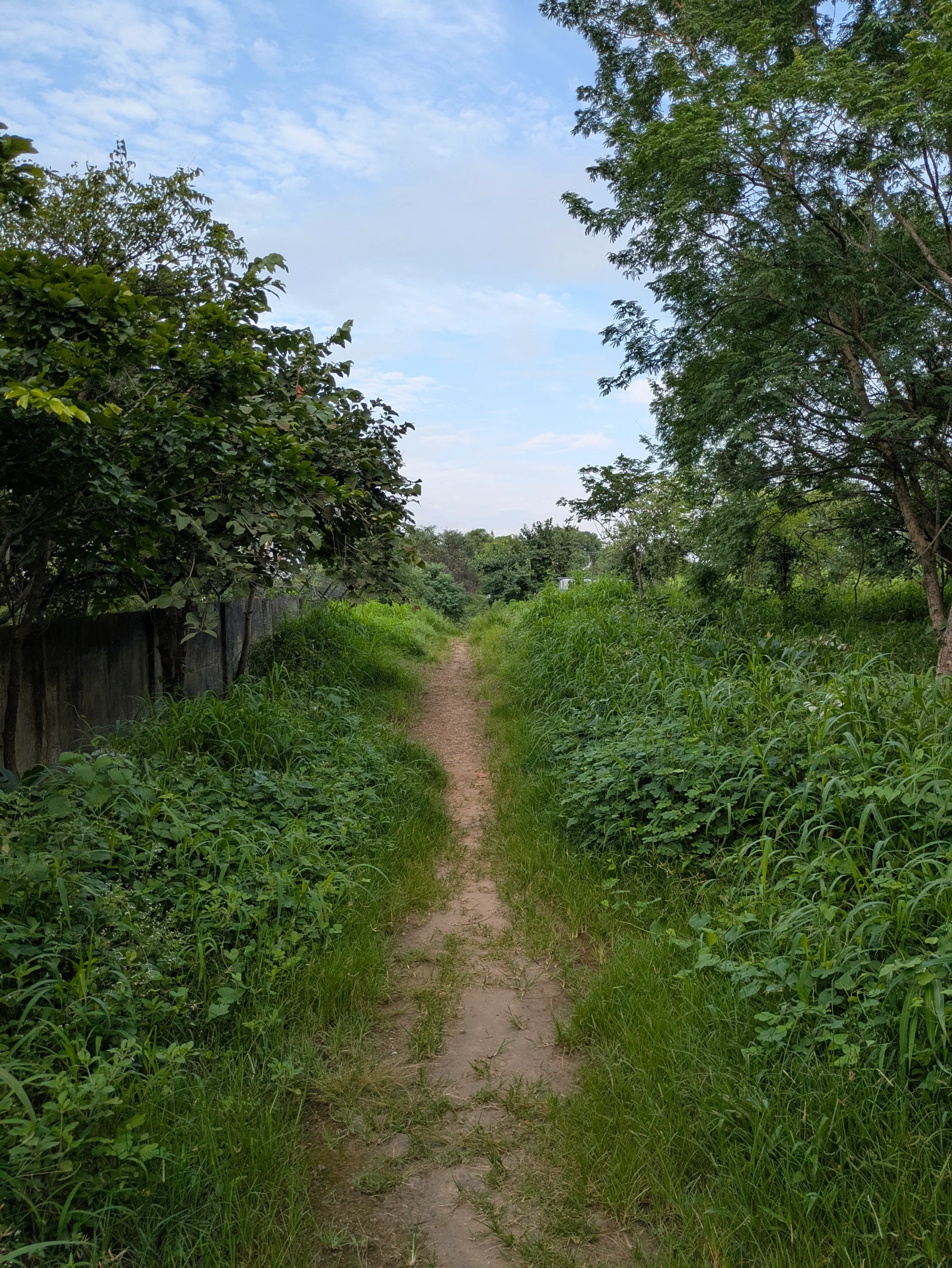
Common birds of Gangampalli Forest
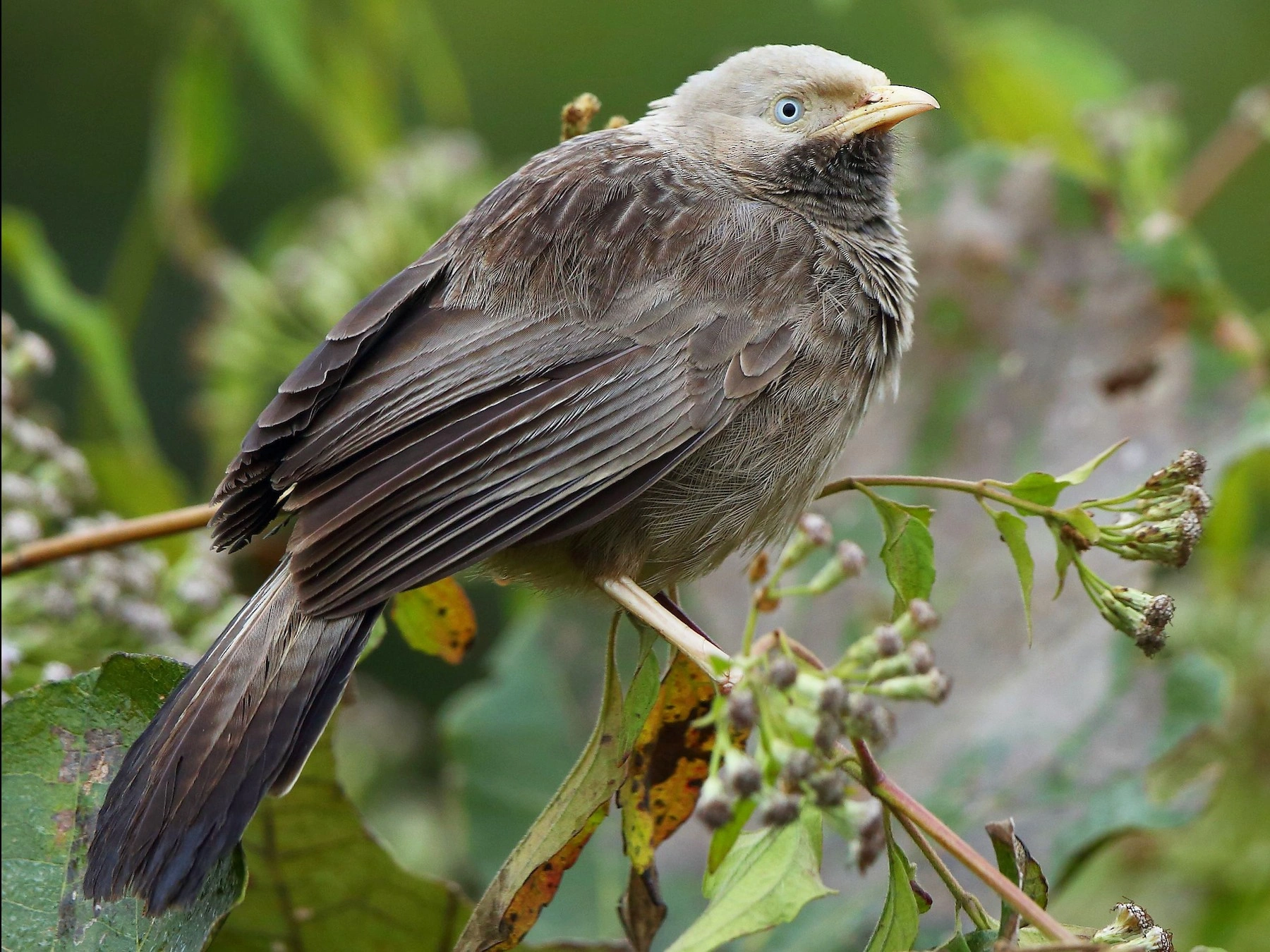
Yellow-billed Babbler

Eurasian Collared Dove
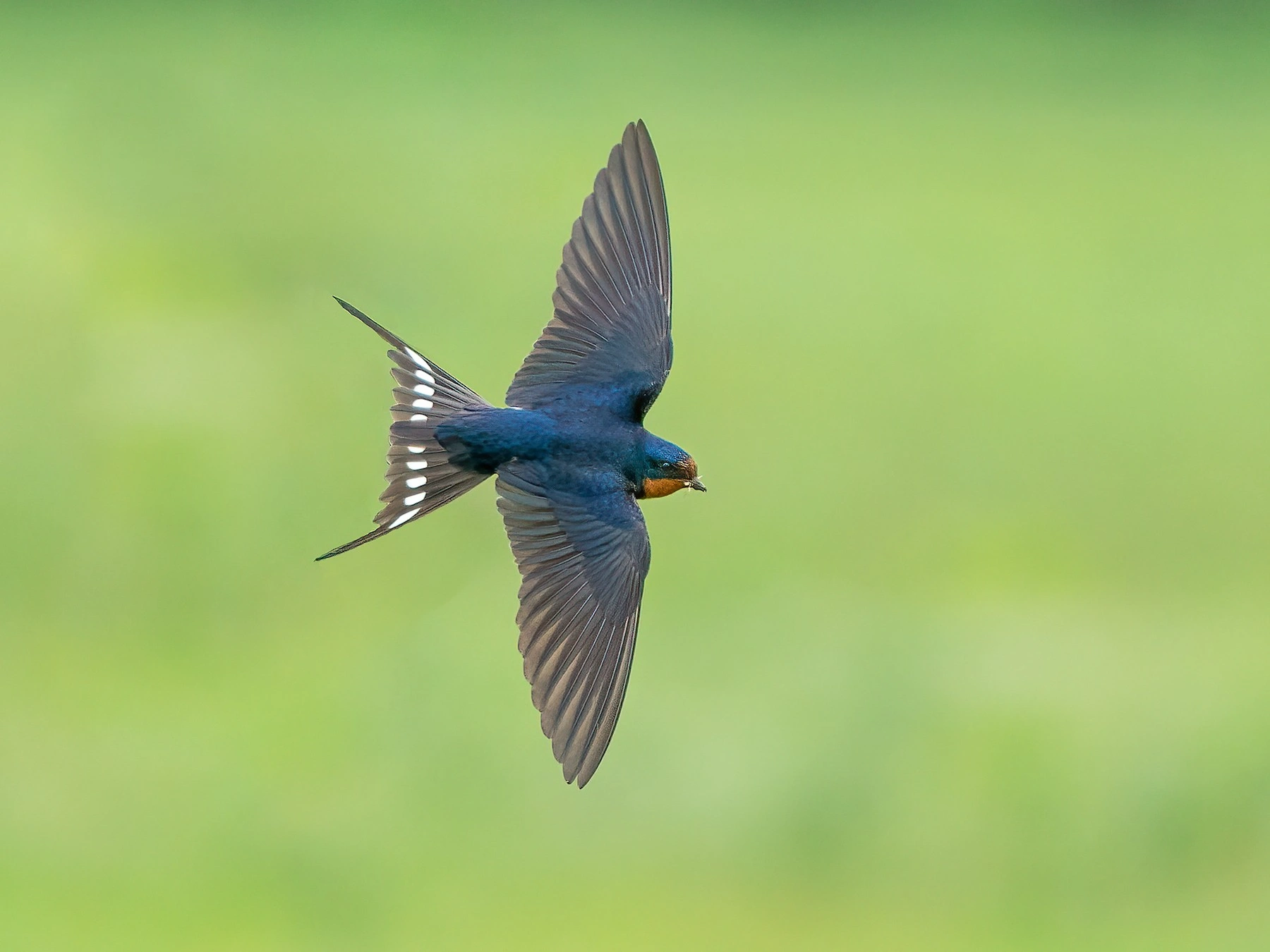
Barn Swallow
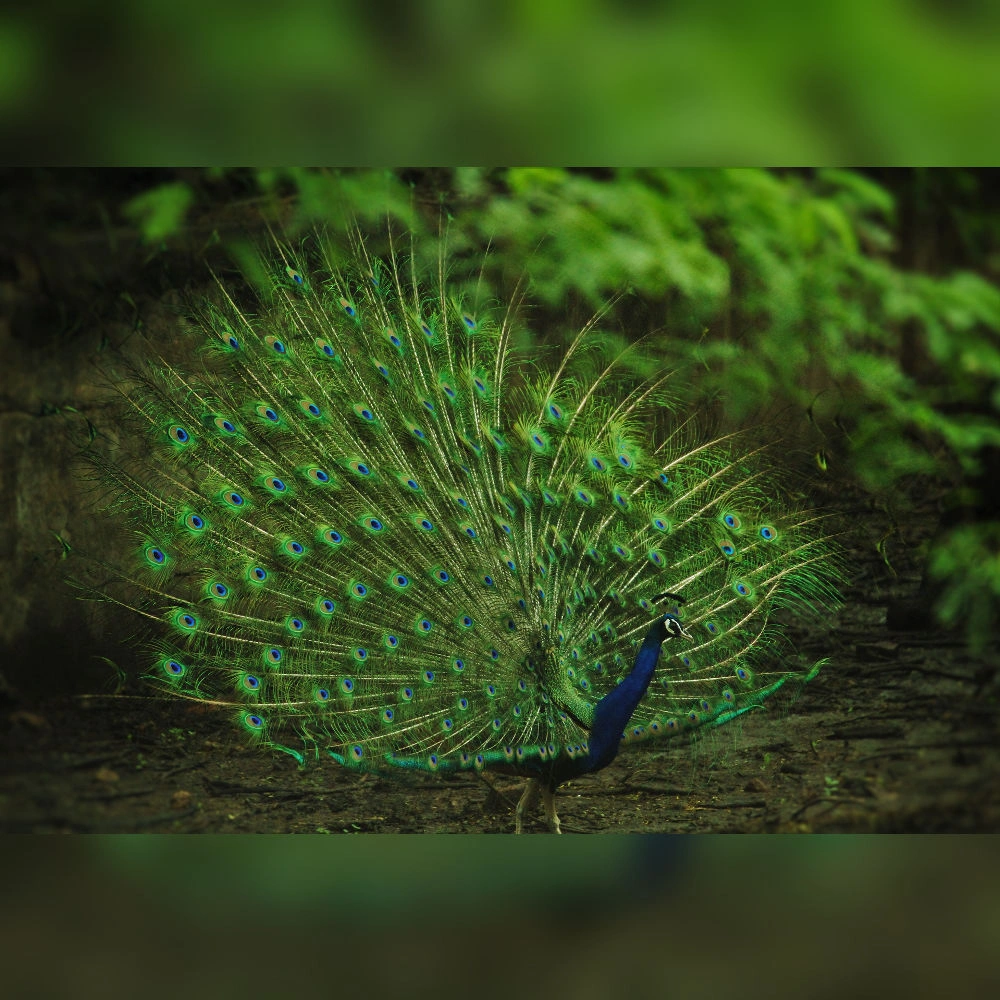
Indian Peafowl
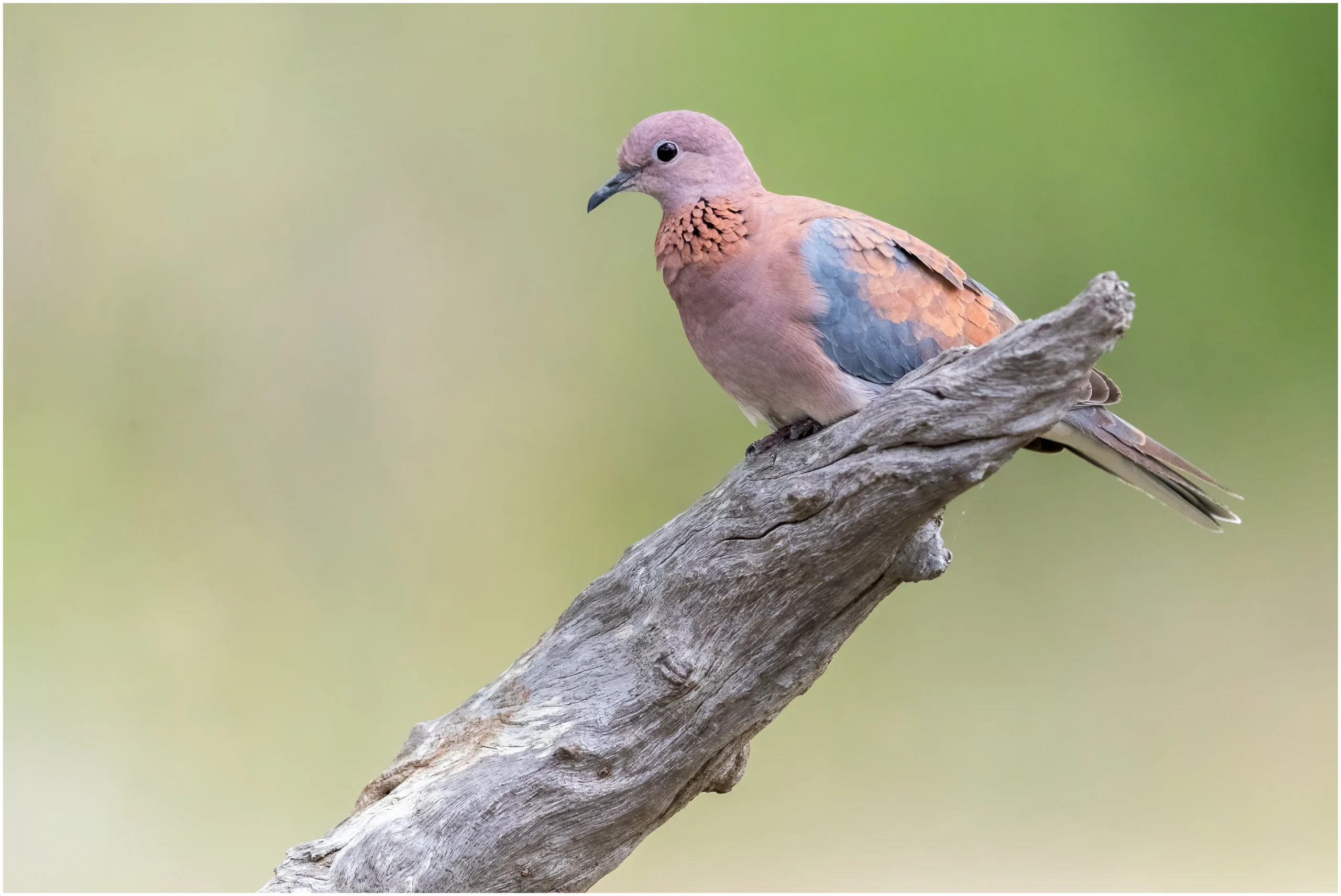
Laughing Dove
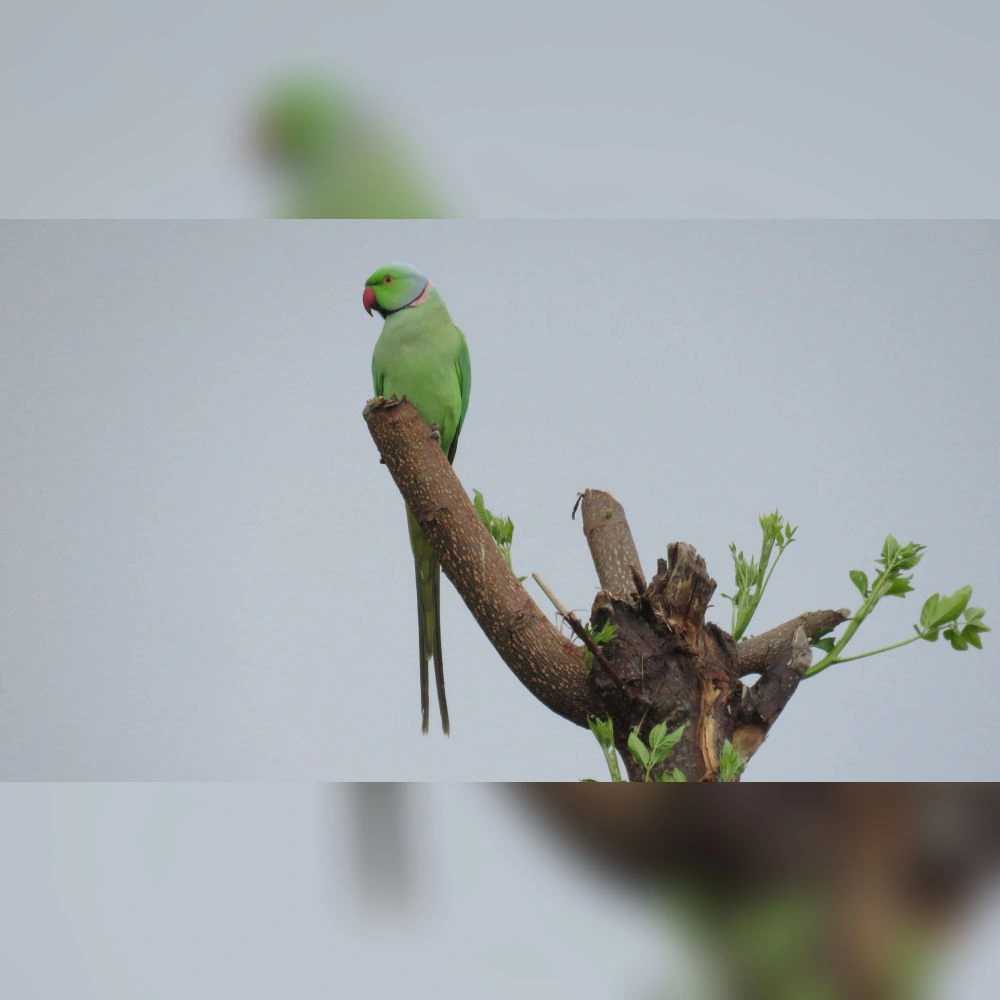
Rose-ringed Parakeet
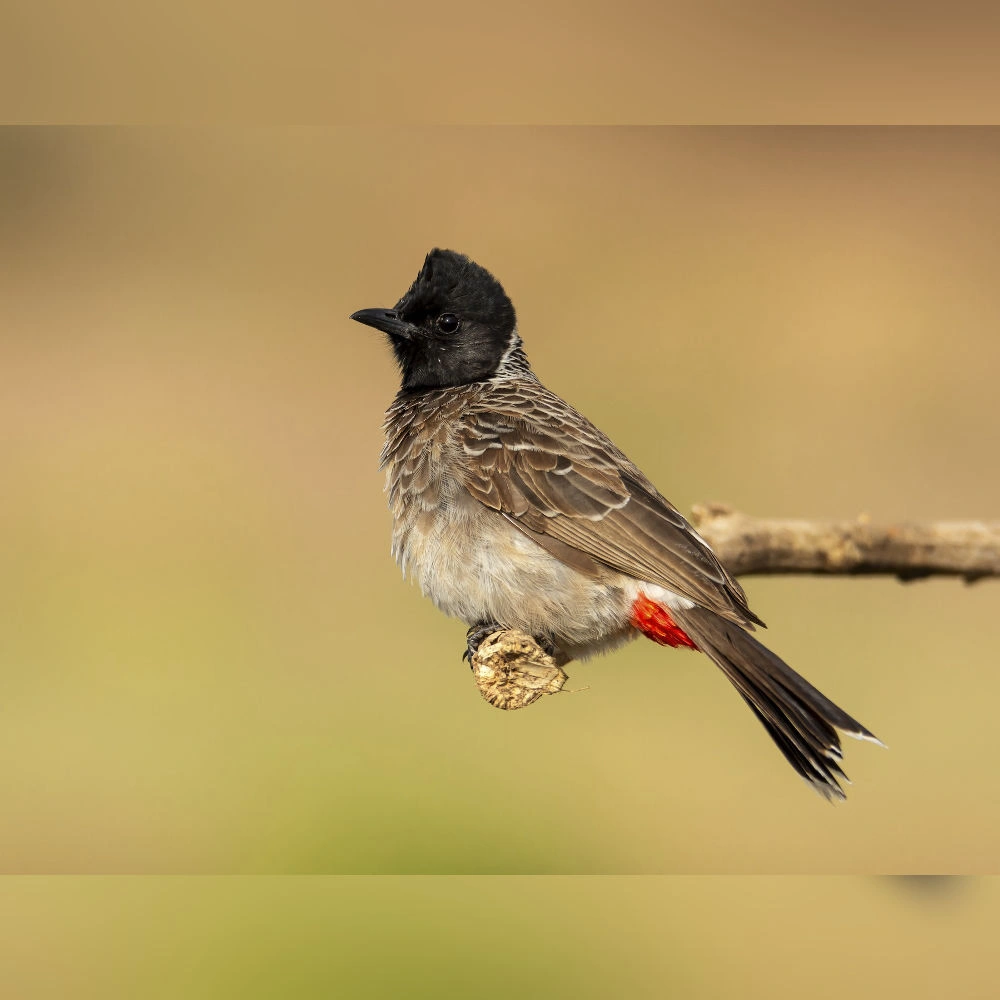
Red-vented Bulbul
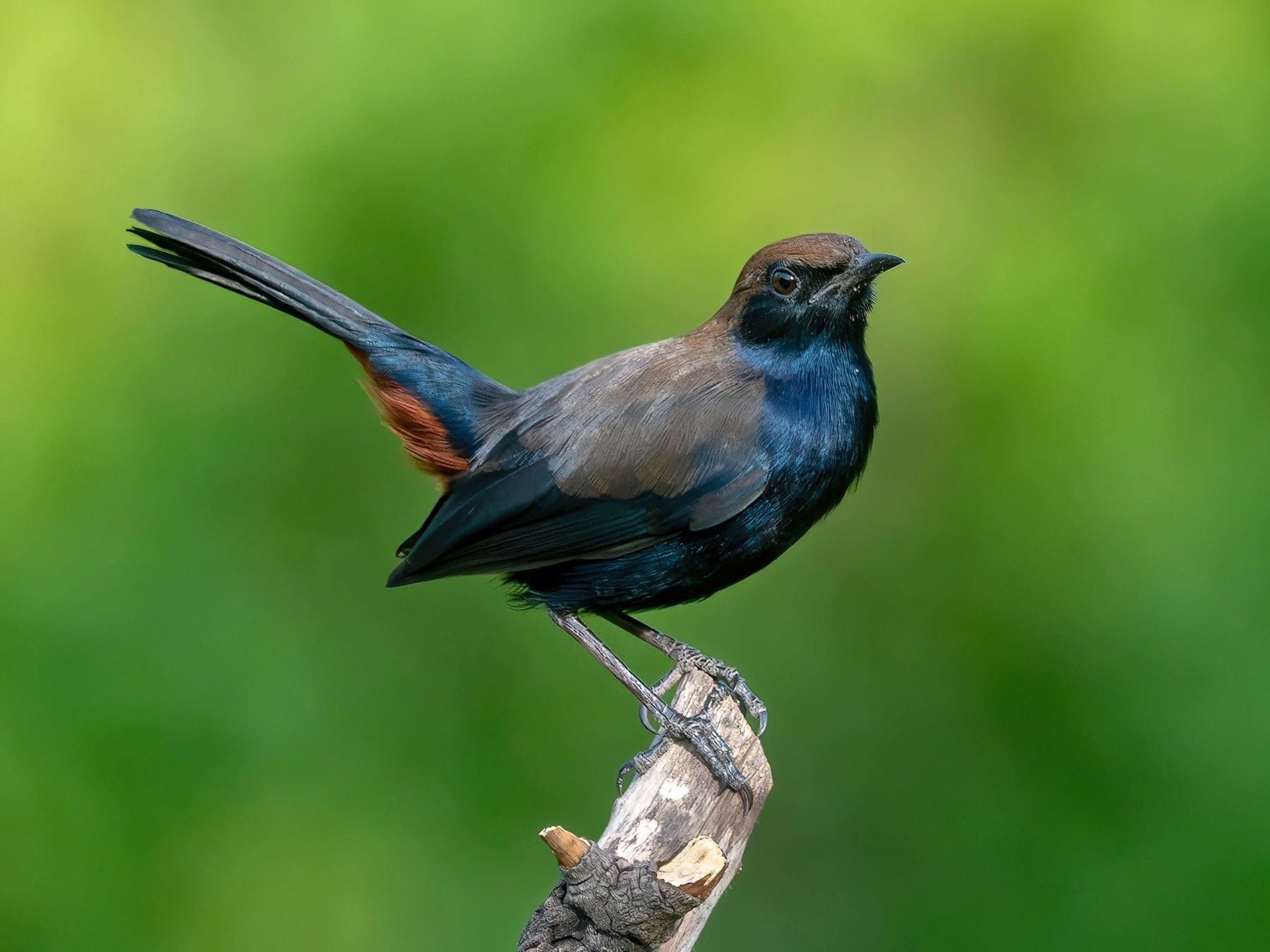
Indian Robin
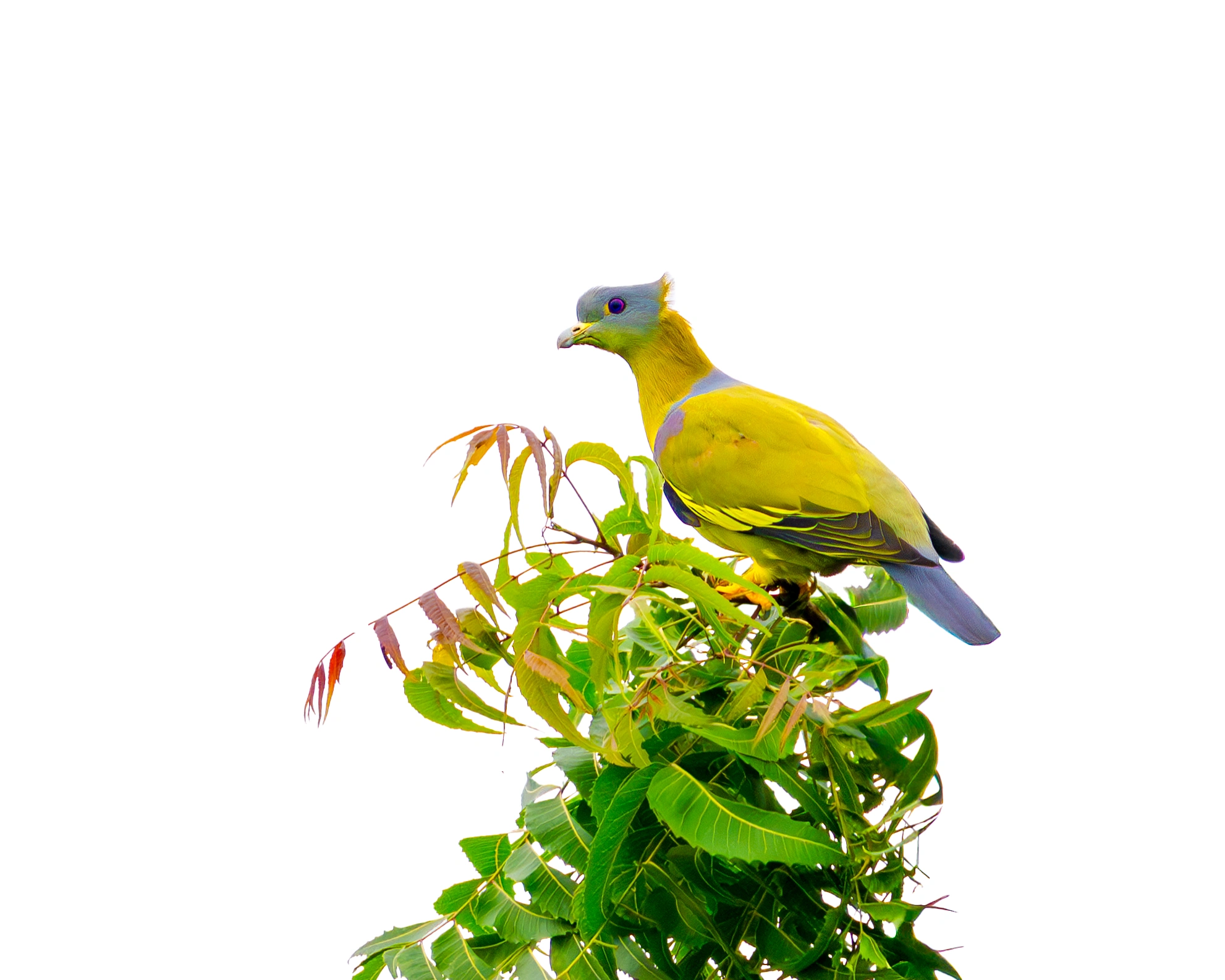
Yellow-footed Green Pigeon
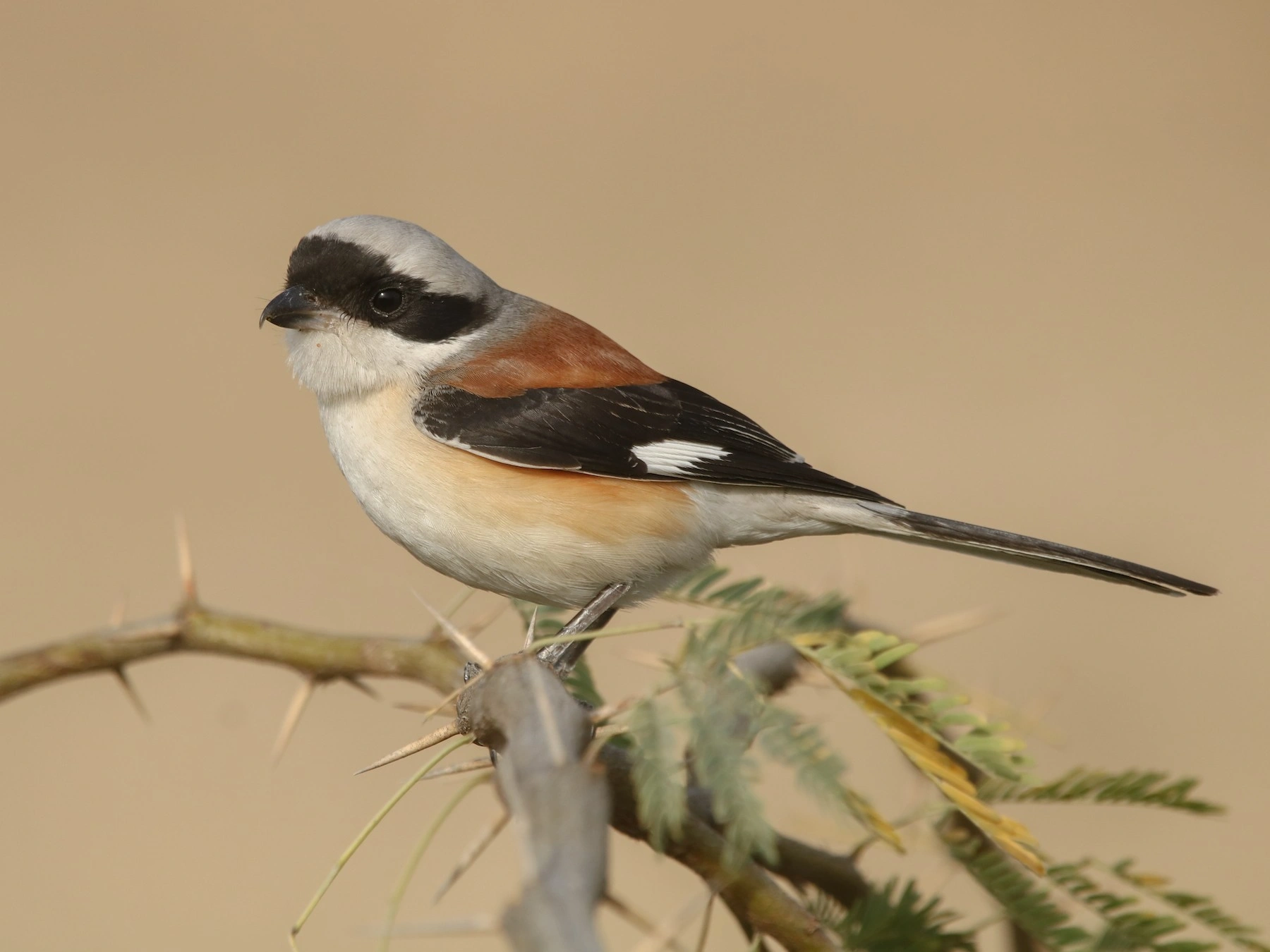
Bay-backed Shrike
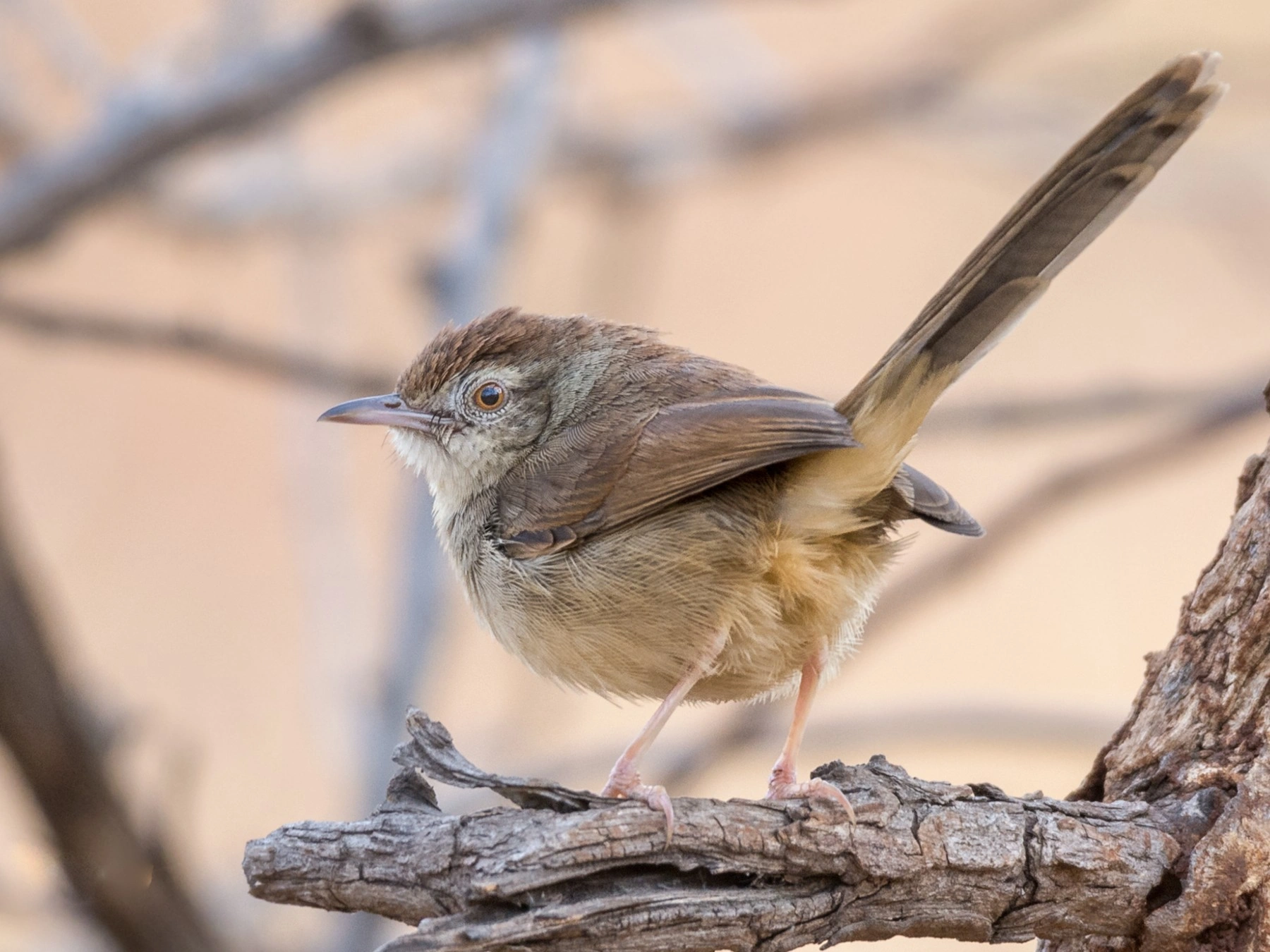
Jungle Prinia
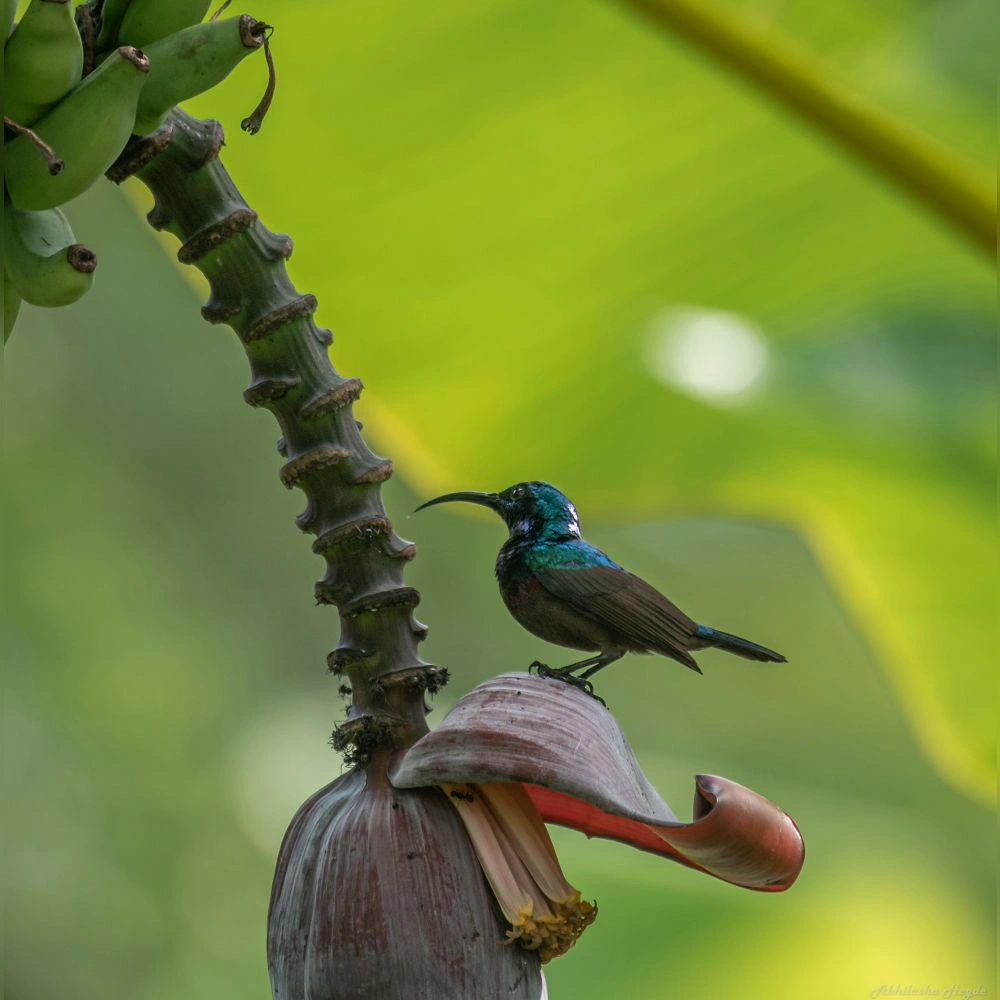
Purple Sunbird
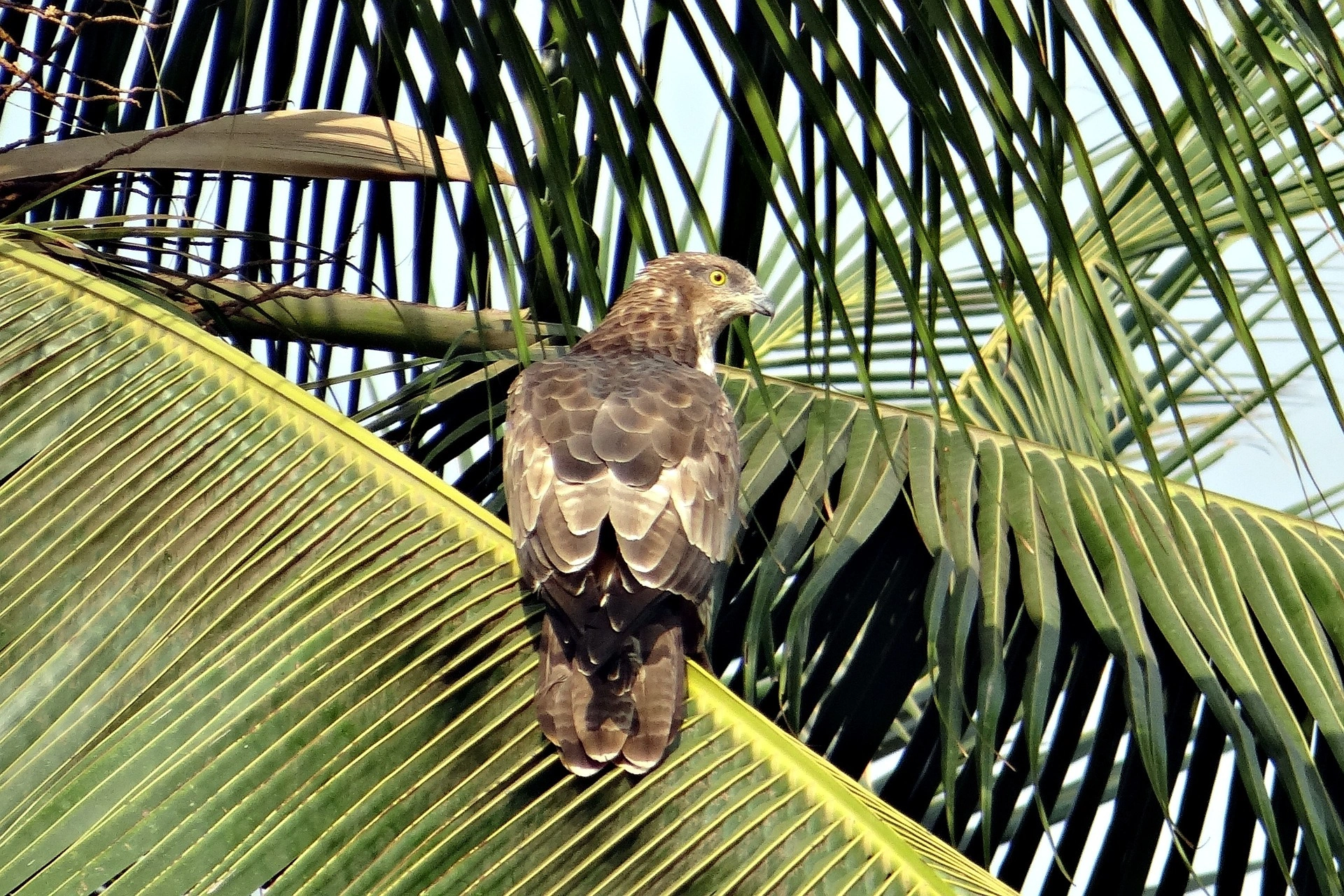
Oriental Honey Buzzard
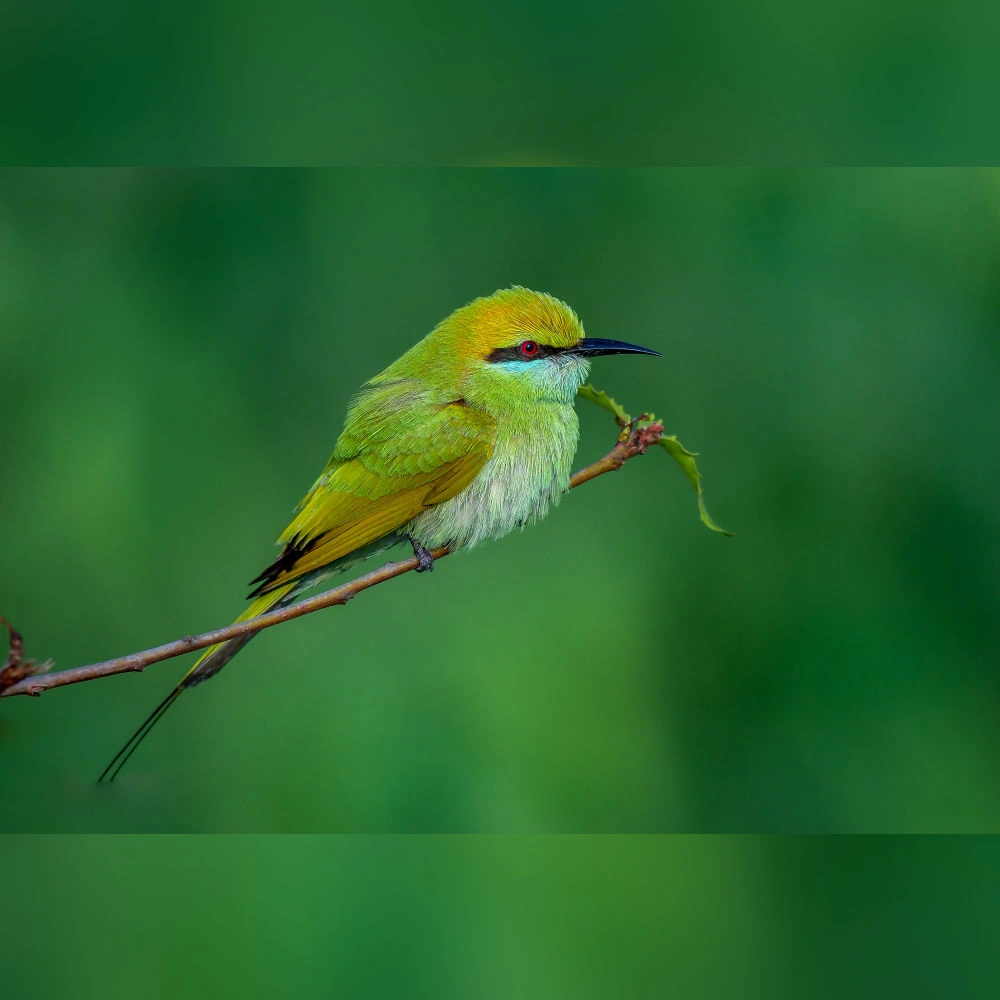
Asian Green Bee-eater
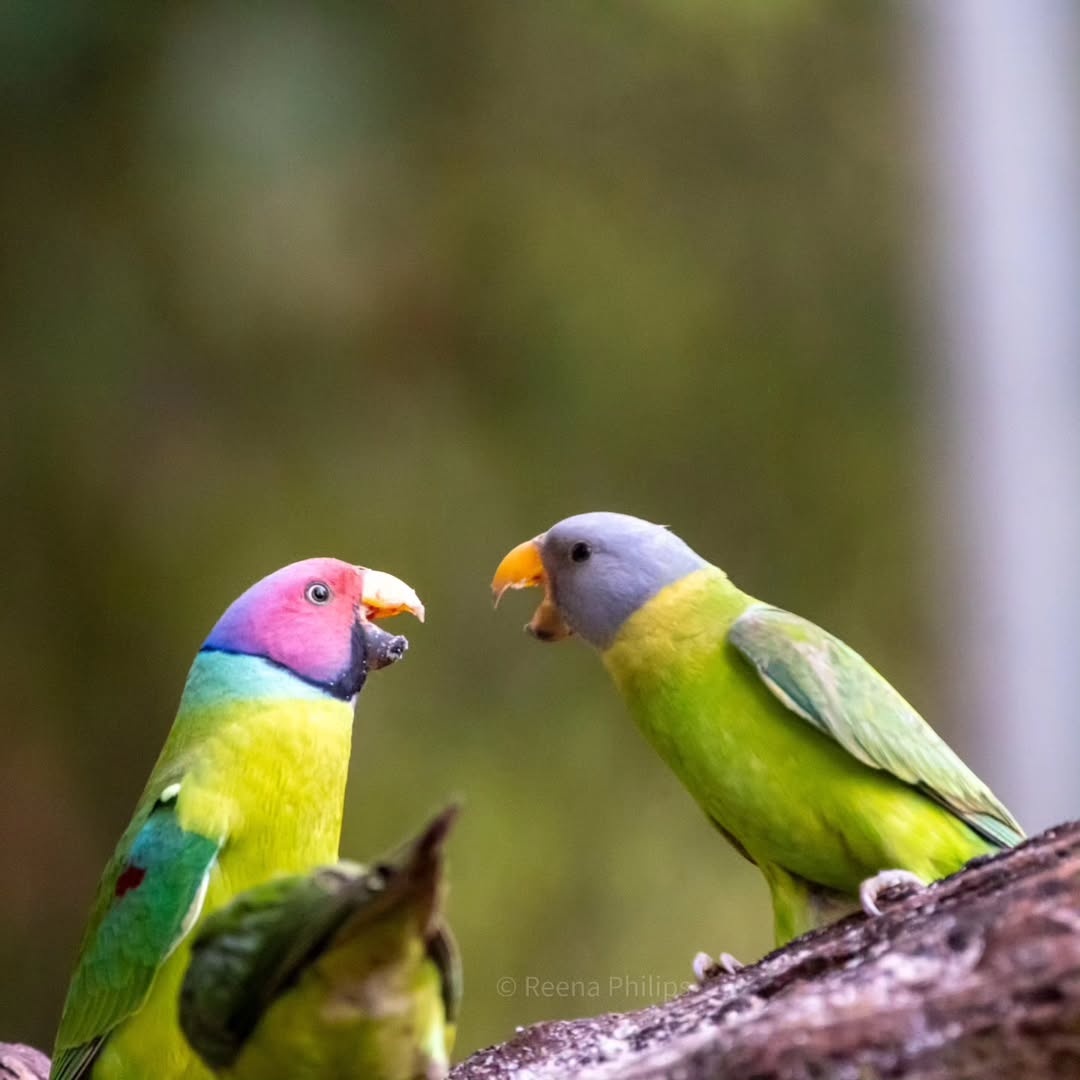
Plum-headed Parakeet
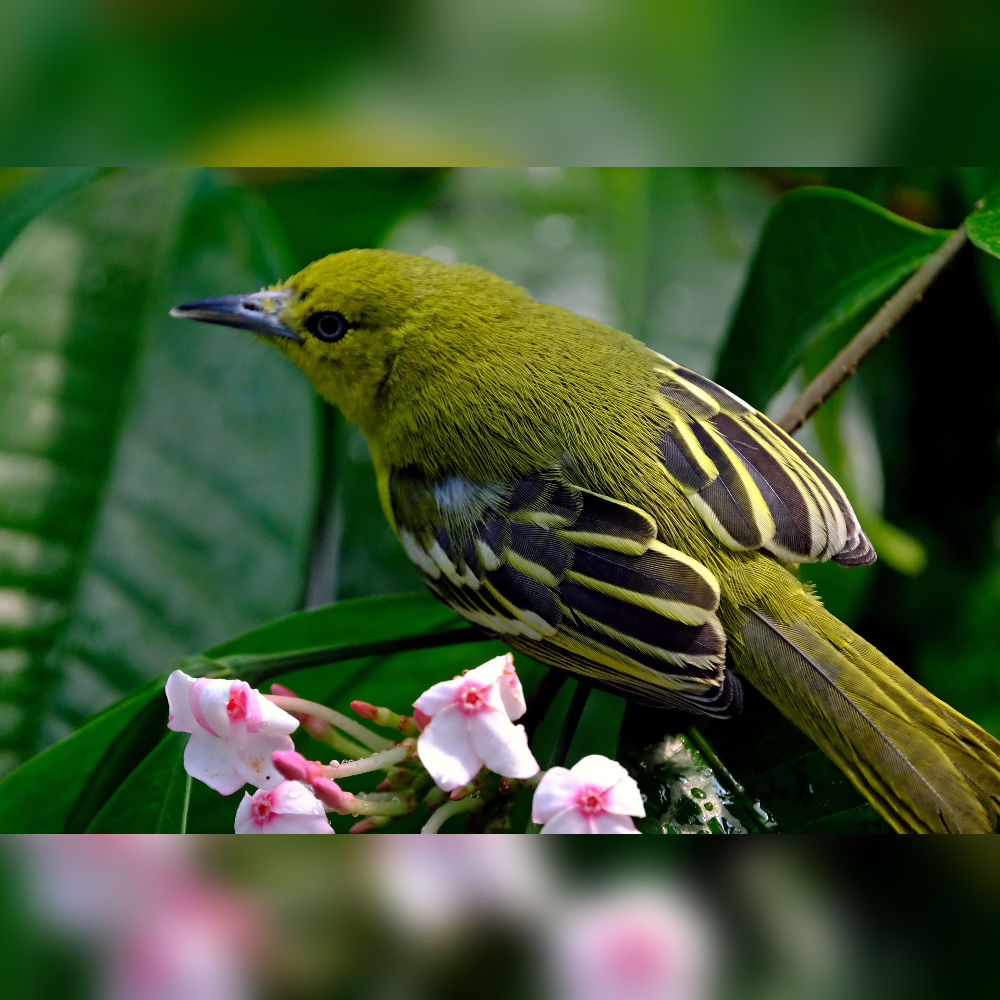
Common Iora
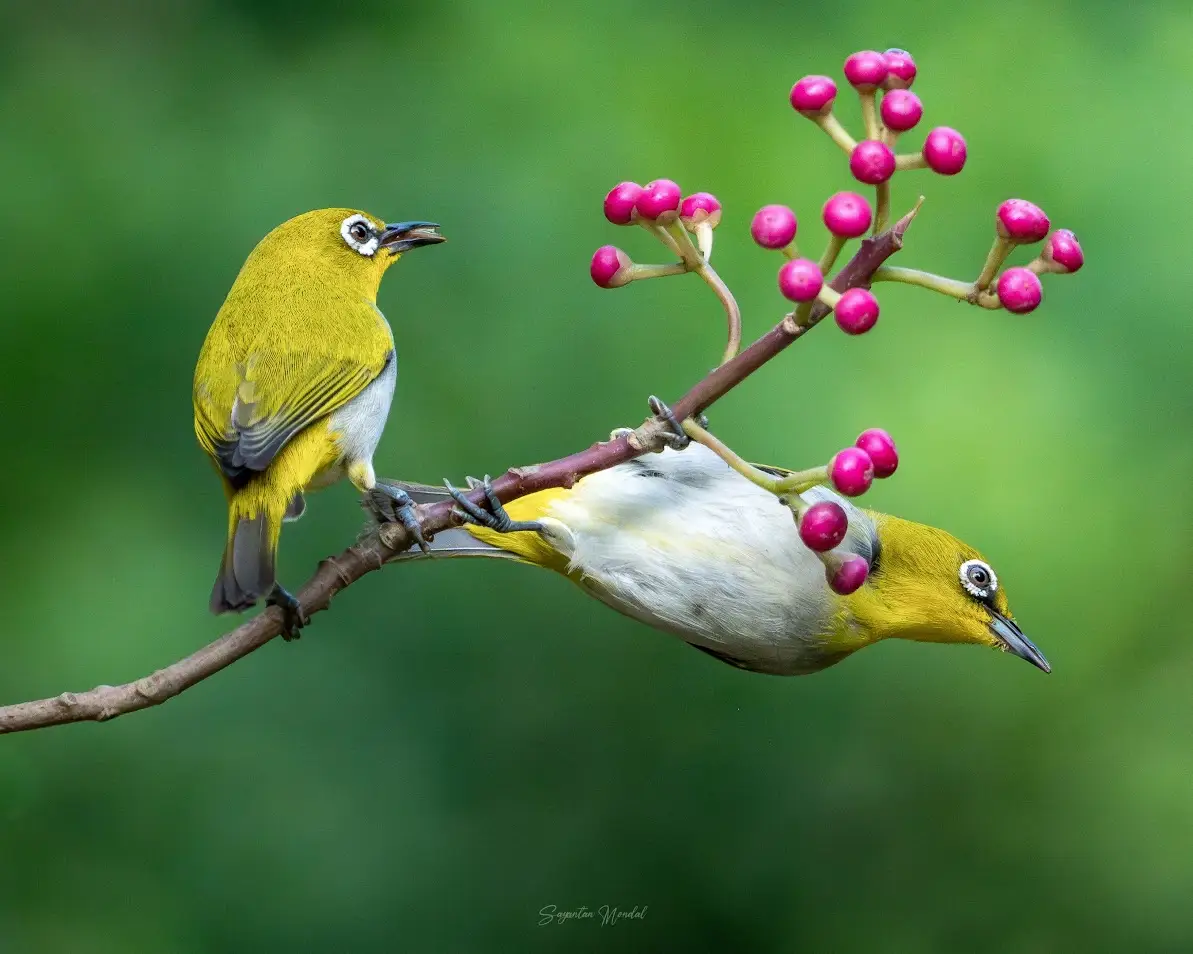
Indian White-Eye
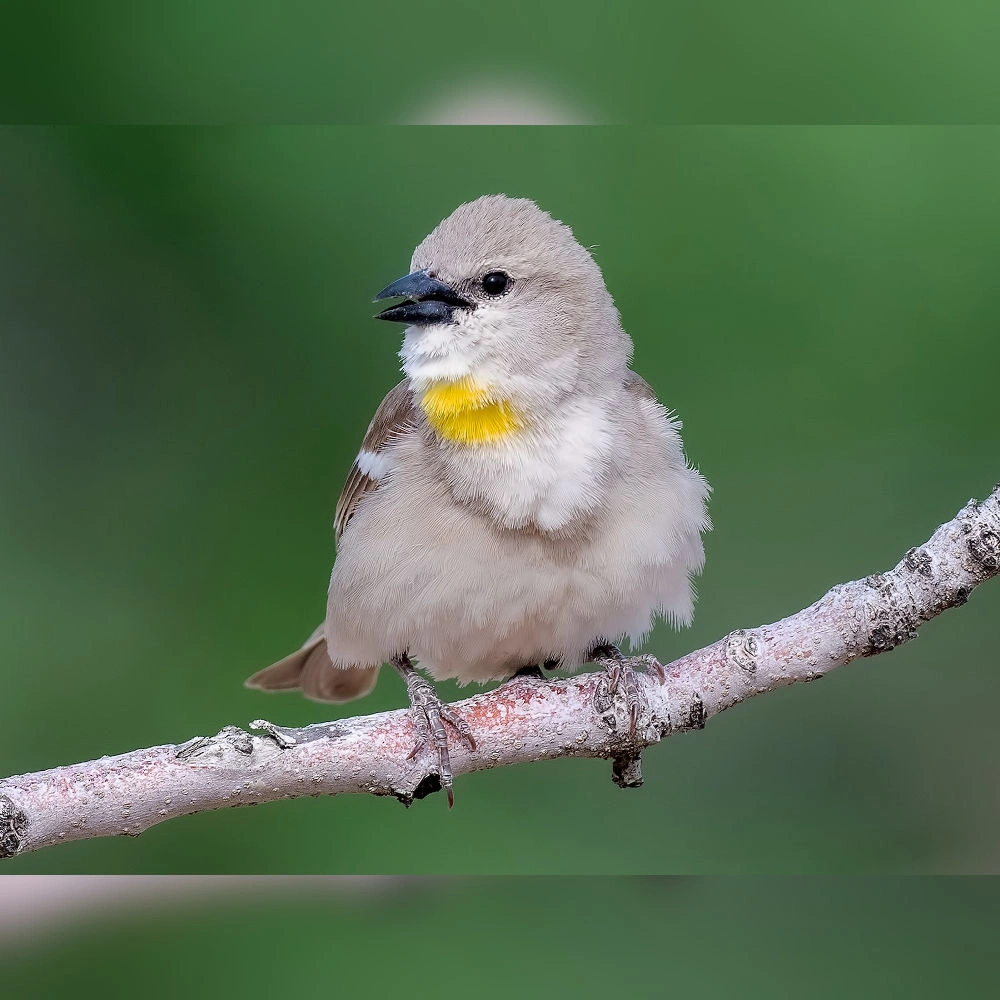
Yellow-throated Sparrow
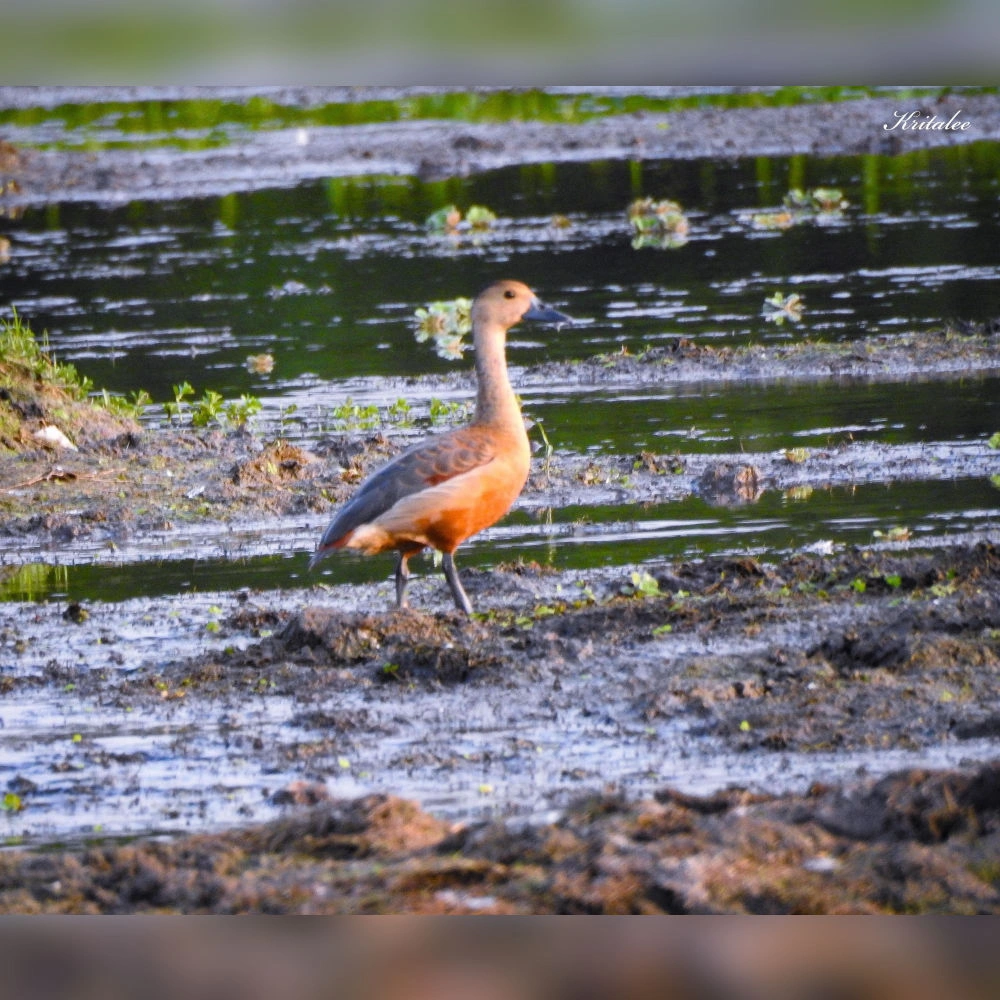
Lesser-whistling Duck
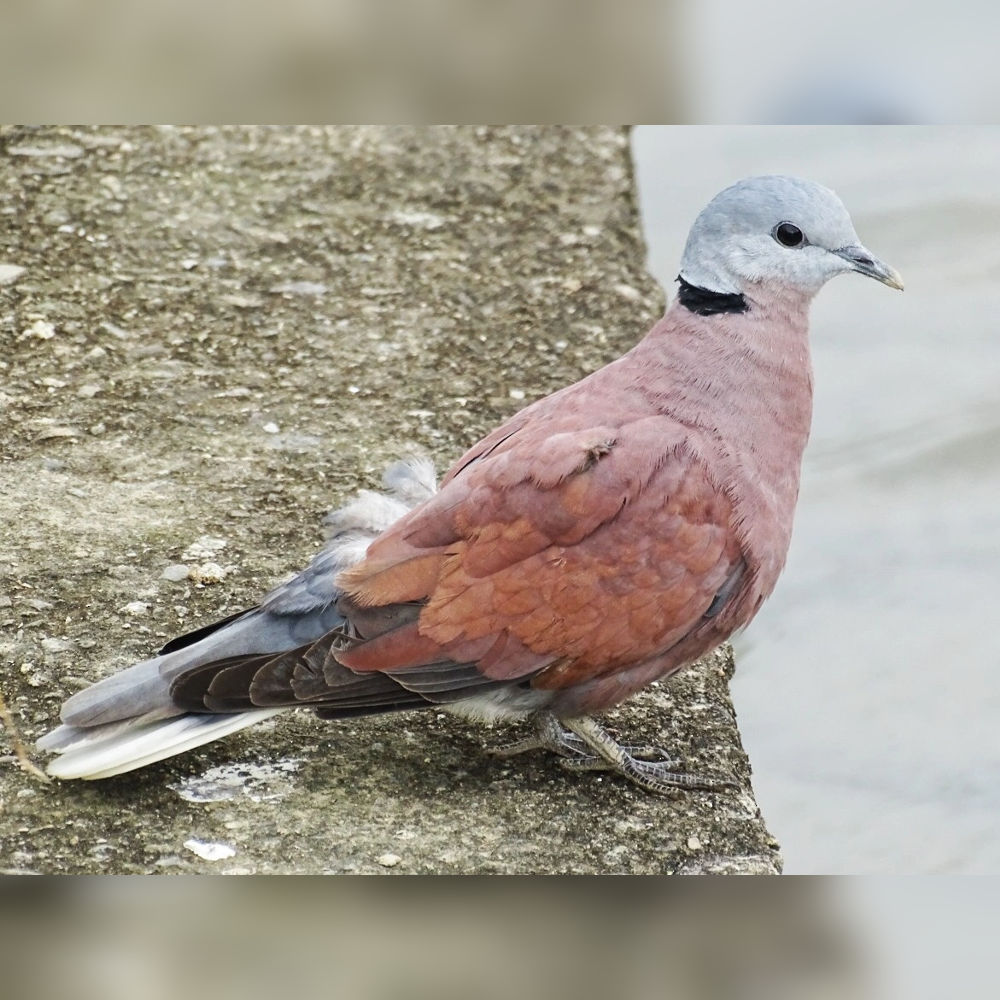
Red-collared Dove
Summary of Walk
A small group of enthusiastic first-timers came together for a bird walk at Gangamapalli Forest, guided by Kayala Ashok. Surrounded by the lush greenery, participants were introduced to the basics of birdwatching—how to observe, identify, and understand why birds are important indicators of the environment. The forest came alive with the calls and movements of birds, making it a perfect setting for learning and discovery.
In just a few hours, the group recorded an impressive 37 species, including Jerdon’s Leafbird, White-browed Fantail, Indian Peafowl, Oriental Honey Buzzard, Crested Serpent Eagle, Indian Grey Hornbill, Brown-capped Pygmy Woodpecker, Small Minivet, White-bellied Drongo, and the migratory Taiga Flycatcher. Adding to the excitement were unexpected encounters with a Star Tortoise and porcupine thorns. For many, it was a memorable introduction to the joy of birdwatching and the hidden treasures of Gangamapalli’s forests.

